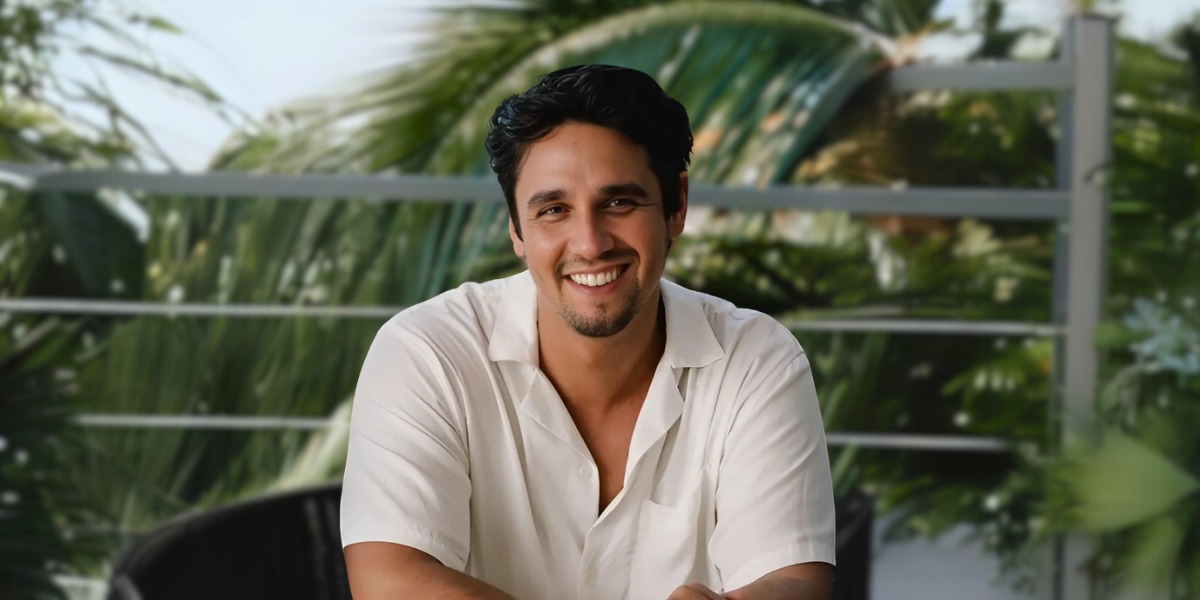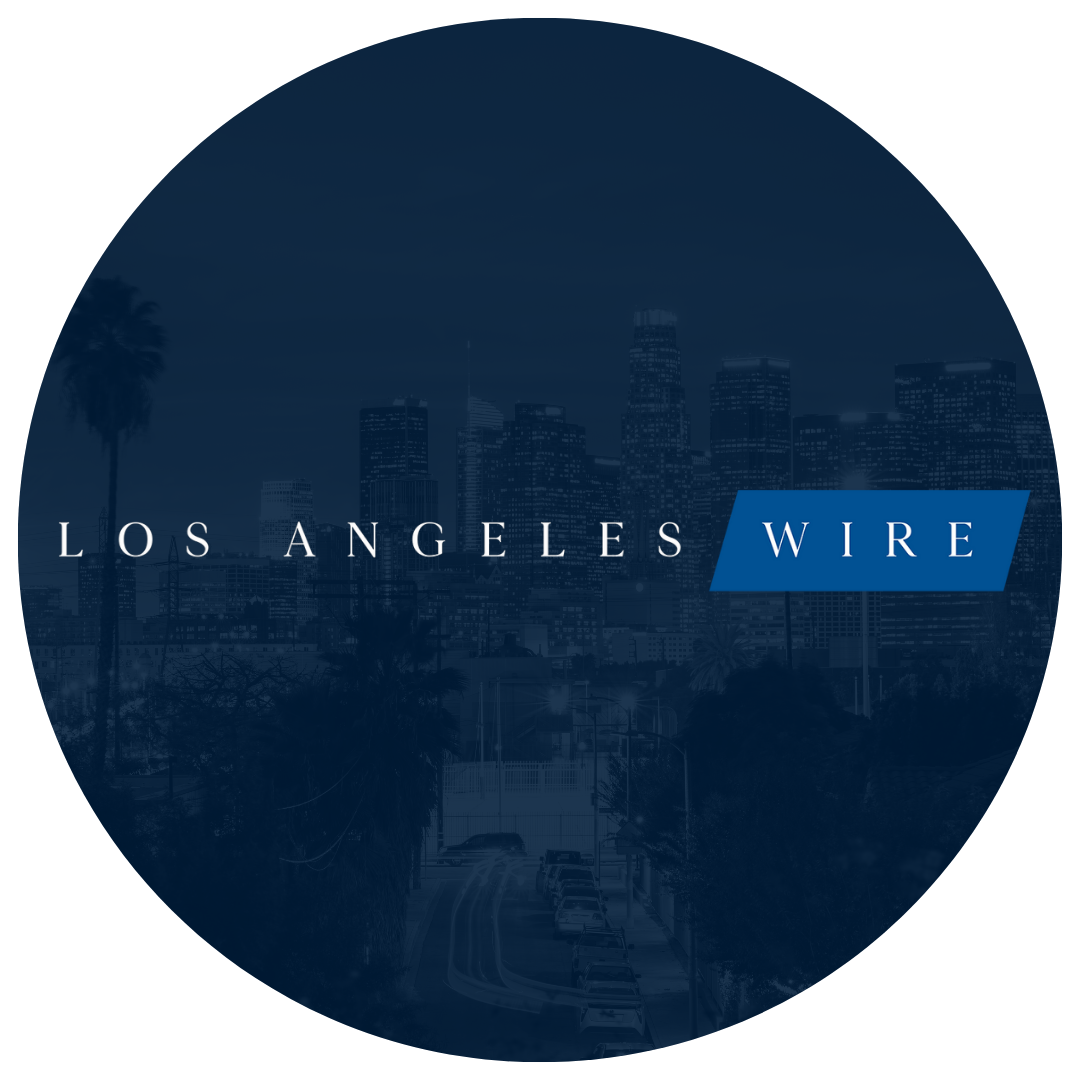By: Shawn Mars
Feng Jiaming is a highly influential curator whose work spans both the worlds of contemporary art and cultural heritage. With a career dedicated to integrating business, design, and artistic appreciation, Feng has made significant contributions to the exhibition curation scene in China, especially in the realm of ceramic art. As the founder of Beijing Fengtang Sports Culture Media Co., Ltd., his exhibitions have highlighted the intersection of tradition and innovation, fostering a deeper understanding of both modern and ancient art forms.
We had the opportunity to sit down with Feng Jiaming to discuss his work, his approach to curating, and his vision for the future of ceramic art.
Interviewer: Feng, you have built an impressive career as a curator, blending business and art in a unique way. Can you tell us how your background in design and commercial exhibition planning has influenced your curatorial approach?
Feng Jiaming: Thank you for your kind words. My background in design and commercial exhibition planning has undoubtedly shaped my approach to curating. I have always believed that art and business should not be separate entities; they can andshould, complement one another. My goal is to create exhibitions that not only showcase art but also resonate with a broad audience, including both art enthusiasts and those less familiar with the medium.
By leveraging my experience in commercial exhibition planning, I have been able to incorporate innovative design and business strategies into curating. This allows me to craft personalized and impactful exhibition experiences that connect artists with a larger audience. I believe that art should be accessible, and my approach has always been about breaking down barriers while respecting the essence of the art itself.
Interviewer: You’ve played a key role in curating exhibitions that bridge traditional art forms with contemporary ideas. Can you tell us about some of the most memorable exhibitions you’ve worked on, particularly in the realm of ceramic art?
Feng Jiaming: One of the memorable exhibitions I’ve had the privilege of curating is the “Heavy Color Mahaana” exhibition, which took place in November 2024 at the Changnan Liyu Jue Ceramic Intangible Cultural Heritage Base in Jingdezhen. This exhibition, which featured the works of renowned ceramic artist Zhan Naiming, was a celebration of the depth and richness of traditional ceramic techniques. However, what made this exhibition particularly memorable was how we presented these traditional works within a contemporary framework.
We focused not only on the technical mastery of the ceramics but also on their aesthetic qualities, using modern exhibition design to highlight the intricate details and vibrant colors of the works. The exhibition space itself was designed to draw the audience’s attention to the timeless beauty of ceramics while also making it feel relevant to today’s art scene.
Another exhibition I am particularly proud of is the “Silk Road Porcelain Language—Master Ceramic Art Boutique Exhibition,” held in December 2024 in Xi’an. This exhibition explored the cultural exchange between East and West along the Silk Road, showcasing porcelain works by artists like Xiong Yuantang and Liu Jingfang. It was fascinating to see how these works, which were deeply rooted in Chinese tradition, could also speak to global historical and cultural dialogues.
Interviewer: Your exhibitions often feature a diverse range of artists. How do you approach selecting the artists and artworks for these exhibitions, and what criteria do you use?
Feng Jiaming: When selecting artists and artworks, I try to focus on their ability to communicate a message that transcends time and place. For me, the most important aspect is how well the art speaks to the themes I want to explore in the exhibition. Whether it’s showcasing the historical significance of ceramics or highlighting the evolving role of art in contemporary society, each artwork must contribute to that narrative.
Additionally, I pay close attention to the artist’s unique vision and their ability to push boundaries. I believe that contemporary artists should not only respect tradition but also challenge it in ways that spark new dialogues. When curating exhibitions like “Heavy Color Mahaana” or “Silk Road Porcelain Language,” I select artists whose work balances technical mastery with innovation, helping to elevate the overall theme of the exhibition.
Interviewer: You’ve been involved in some very successful exhibitions, such as the “Various Ceramic Art Boutique” exhibition in Inner Mongolia. How do you balance the traditional aspects of the artwork with the contemporary design elements of the exhibition itself?
Feng Jiaming: Balancing traditional artwork with contemporary exhibition design is one of the most exciting aspects of my work. I believe that traditional art forms, especially ceramics, have a timeless quality that should be respected. However, the way we present these works must evolve to remain engaging for modern audiences. In exhibitions like “Various Ceramic Art Boutique” in Inner Mongolia, I focused on creating a space where the artworks could stand out but also interact with the modern world in a meaningful way.
For instance, we used minimalist and contemporary design elements in the exhibition layout to create a sense of space and flow. This allows the ceramic works to be the focal point without overwhelming the viewer. At the same time, we made sure that the exhibition design highlighted the intricate craftsmanship of the pieces, using lighting and spatial arrangement to draw attention to the finer details.
Interviewer: Looking forward, how do you envision the future of ceramic art exhibitions, and what role do you hope to play in shaping this future?
Feng Jiaming: The future of ceramic art exhibitions is very exciting. I see a growing interest in merging traditional art forms with contemporary art and fashion, and I believe this trend will continue to evolve. There’s also a growing demand for more immersive and interactive exhibition experiences that engage the audience in new ways. Technology, such as virtual reality or augmented reality, may also play a larger role in the way we present traditional art in the future.
As for my role, I hope to continue pushing the boundaries of what exhibitions can achieve. I want to foster an environment where both artists and audiences can explore and appreciate the deep cultural significance of ceramic art, while also embracing innovation and modern design. I see myself continuing to create exhibitions that bring together artists from different backgrounds and explore how ancient traditions can still be relevant and inspiring in the 21st century.
Interviewer: Feng, thank you for sharing your insights with us today. It’s clear that your work is helping to shape the future of art curation and bring new life to traditional art forms.
Feng Jiaming: Thank you. It’s been a pleasure to discuss my work and the exciting future of ceramic art with you. I look forward to continuing this journey and contributing to the ongoing dialogue between tradition and innovation in the art world.
Published by Iris S.








